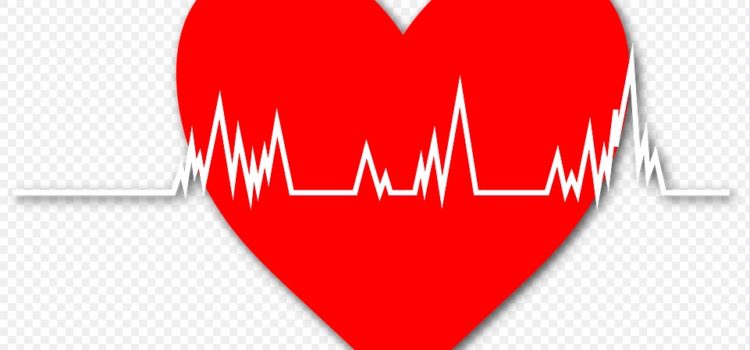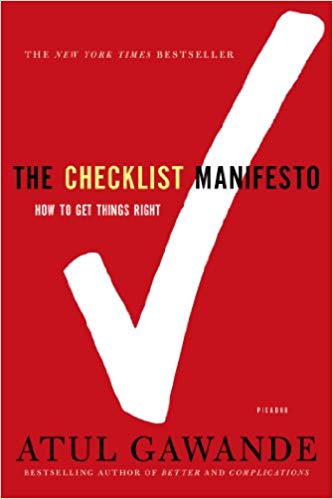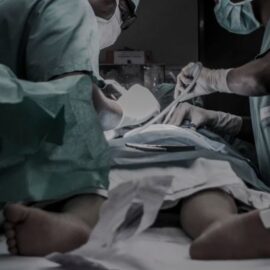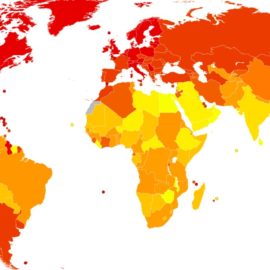

This article is an excerpt from the Shortform summary of "The Checklist Manifesto" by Atul Gawande. Shortform has the world's best summaries of books you should be reading.
Like this article? Sign up for a free trial here .
In trying to do the right things, the challenge of the 21st century is ineptitude, rather than ignorance. It used to be the reverse. Can a simple checklist, say, a heart attack checklist, help prevent avoidable mistakes in medicine?
We’ll cover how more knowledge, in medicine particularly, has led to more ineptitude, and we’ll discuss how doctors adopting a simple list like a heart attack checklist can save lives.
An Explosion of Knowledge and Complexity
For most of human history, we struggled with scientific ignorance. We didn’t understand how things worked or what caused illnesses and how to treat them.
For instance, doctors didn’t know how to treat heart attacks or how to prevent them as recently as the 1950s. Patients were prescribed morphine and bed rest and, if they survived, they lived as invalids. Today, however, we have a host of treatments and procedures that save lives and limit heart damage. Also, we can prevent many heart attacks because we understand and can mitigate the risks of high blood pressure, cholesterol, smoking, and diabetes. So what’s the use of a simple heart attack checklist?
While science has increased our knowledge dramatically, we still often fail. The reason isn’t lack of money, malpractice, or government or insurance issues. It’s the enormous and ever-increasing complexity of many fields today. We struggle to apply knowledge the right way at the right moment. Under pressure, we make simple mistakes and overlook the obvious.
Benefits of a Heart Attack Checklist
For instance, authorities at all levels make numerous mistakes when disasters strike. Attorneys make mistakes in complex legal cases, most commonly administrative errors. We have foreign intelligence failures, cascading banking industry failures, and software design flaws that compromise the personal information of millions of people. Deciding the right treatment among the many options for a heart attack patient can be extremely difficult. Each one involves complexities and pitfalls. This is where a heart attack checklist could be helpful.
Getting the right thing done is a challenge too. From research, we know that heart attack patients who will benefit from cardiac balloon therapy should have it within 90 minutes of arriving at a hospital. After that, survival rates drop. But a 2006 study showed less than a 50 percent likelihood that a medical staff could get everything done that needed to be done in less than 90 minutes. Similarly, at least 30 percent of stroke patients get insufficient care, and the same is true for 45 percent of asthma patients and 60 percent of pneumonia patients. Knowing the right steps and trying hard aren’t enough.
A Different Strategy: Checklists
Those on the receiving end of such failures naturally react with outrage. We can forgive ignorance and accept that others tried their best with what they knew. But when the experts know what to do and fail to do it, we’re likely to blame gross negligence, incompetence, or heartlessness. This ignores the complexity of many jobs today. We need to simplify things with the help of something like a heart attack checklist.
The problem is that across numerous professions — medicine, engineering, finance, business, government — the level and complexity of our knowledge is more than any individual can apply correctly in all circumstances. Knowledge has saved and also overwhelmed us.
Most professions, especially medicine, have traditionally responded to failure by requiring more training and experience. Training of medical personnel, police, engineers, and others is more extensive than ever. Due to increased training requirements, doctors don’t practice independently until their mid-thirties. But while training and experience are important, expertise doesn’t address human fallibility. We need a different strategy for preventing failure that takes advantage of knowledge and experience but also compensates for human flaws.
The solution is a simple checklist, such as a heart attack checklist.
Saved by a Checklist
In 2007 as soon as the Safe Surgery Checklist took shape, Atul Gawande began using it in his surgeries. Hardly a week went by without the checklist enabling the team to catch something they would have otherwise missed.
For instance, in one week, there were catches in five cases, including:
- A patient hadn’t gotten the antibiotic she should have.
- The surgeon learned of a breathing risk at the last minute.
- The team discovered drug allergies, equipment problems, confusion about medications, and labeling mistakes.
In another case, the checklist saved the patient’s life. Gawande was performing surgery to remove a man’s adrenal gland because of a tumor. He made a catastrophic tear, resulting in massive bleeding and cardiac arrest. But due to the checklist, four units of the right blood were available and ready to go — this step saved the patient’s life. In addition, staff members were prepared to work as a team and everyone stayed calm and did what was needed. Although he had a long recovery, the patient survived.
———End of Preview———

Like what you just read? Read the rest of the world's best summary of "The Checklist Manifesto" at Shortform . Learn the book's critical concepts in 20 minutes or less .
Here's what you'll find in our full The Checklist Manifesto summary :
- How checklists save millions of lives in healthcare and flights
- The two types of checklists that matter
- How to create your own revolutionary checklist






